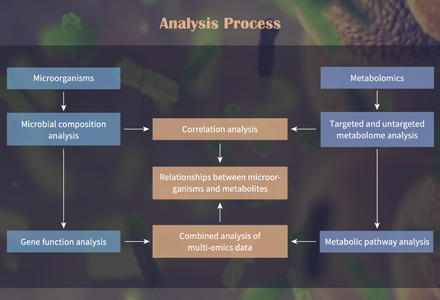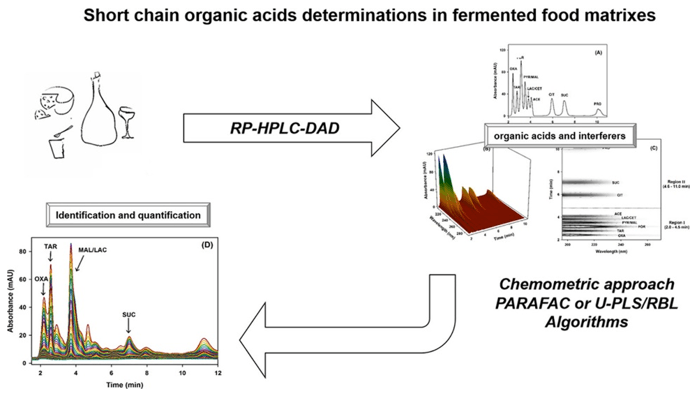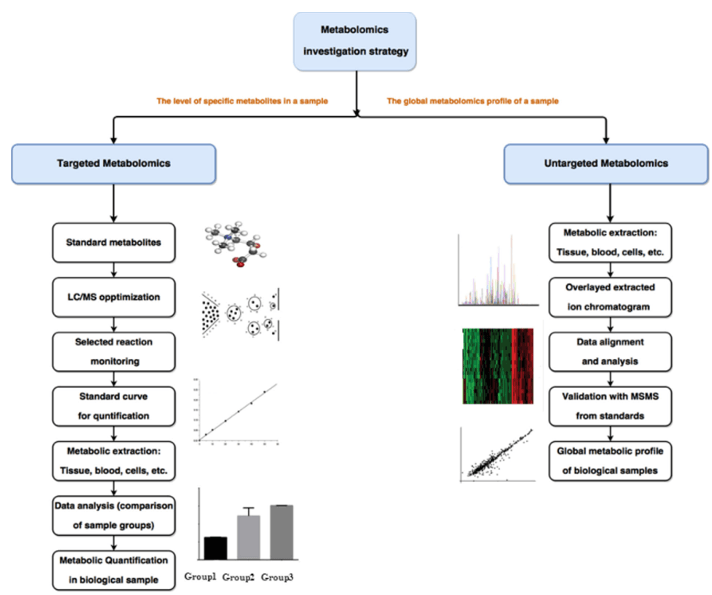Glutaric Acid Analysis Service
Submit Your InquiryWhat is Glutaric Acid?
Glutaric acid, a highly intricate organic compound with a molecular formula of C5H8O4, serves as a fundamental intermediate in the metabolism of diverse amino acids, including but not limited to lysine, hydroxylysine, and tryptophan. Moreover, glutaric acid is a widely prevalent byproduct of the catabolism of fatty acids. Consequently, individuals with glutaric acidemia type I, a scarce inherited metabolic disorder, showcase elevated levels of glutaric acid in their urine. As a result, glutaric acid analysis is a critical and invaluable tool for investigating the metabolism of amino acids and fatty acids, as well as for diagnosing and monitoring metabolic disorders.
 Molecular structure of glutaric acid
Molecular structure of glutaric acid
Glutaric Acid Analysis Technology Platform at Creative Proteomics:
At Creative Proteomics, we have developed a comprehensive glutaric acid analysis technology platform based on liquid chromatography-mass spectrometry (LC-MS). LC-MS is a powerful analytical technique that combines the high separation efficiency of liquid chromatography with the sensitive and selective detection capabilities of mass spectrometry. Our platform allows for accurate and reliable quantification of glutaric acid in a wide range of biological matrices, including plasma, serum, urine, and tissue samples.
Our analytical platform has been optimized. We use stable isotope-labeled internal standards that allow accurate and precise quantification of glutaric acid concentrations over a wide dynamic range. Our sample preparation techniques, such as protein precipitation and solid phase extraction, which remove interfering compounds, improve the sensitivity and selectivity of LC-MS analysis.

Applications of Glutaric Acid Analysis by LC-MS
Our LC-MS for glutaric acid analysis can be applied in a number of ways, including research in the field of amino acid and fatty acid metabolism, as well as drug development, and therapy development for metabolic diseases. It can also be used to study the effects of dietary interventions on amino acid and fatty acid metabolism, as well as to monitor the progression and treatment of metabolic diseases.
In addition, glutaric acid analysis can be used to assess the safety and efficacy of drug candidates targeting amino acid and fatty acid metabolic pathways. By measuring changes in glutamate concentrations during drug therapy, researchers can gain insight into the mechanisms of action of these drugs and identify potential side effects.
Feedback to Customers
- Experimental steps
- Related mass spectrometry parameters
- Part of the mass spectrum picture
- Raw data
Project Cycle
- A standard experiment and analysis process takes about 1~4 weeks.
References
- Xin, Wang, Tao, et al. Targeted Metabolomic Profiling Reveals Association Between Altered Amino Acids and Poor Functional Recovery After Stroke. Frontiers in neurology, 2019, 10:1425-1425.
- Hatoum D, Annaratone C, Hertog M, et al. Targeted metabolomics study of 'Braeburn' apples during long-term storage. Postharvest Biology and Technology, 2014, 96: 33-41.
- Wang X, Zhao X, Zhao J, et al. Serum metabolite signatures of epithelial ovarian cancer based on targeted metabolomics. Clinica Chimica Acta, 2021, 518: 59-69.









